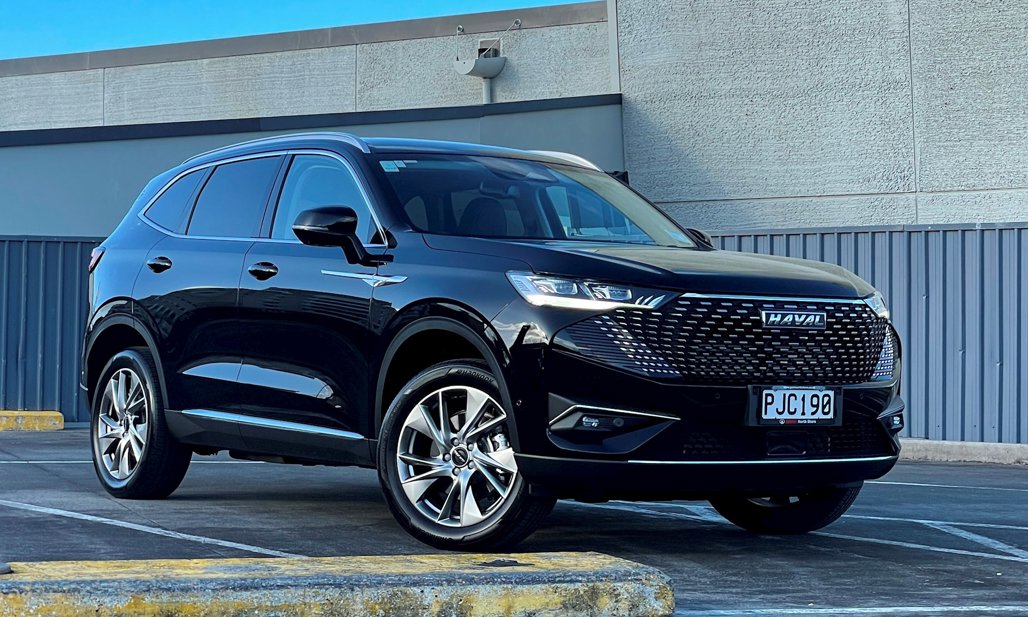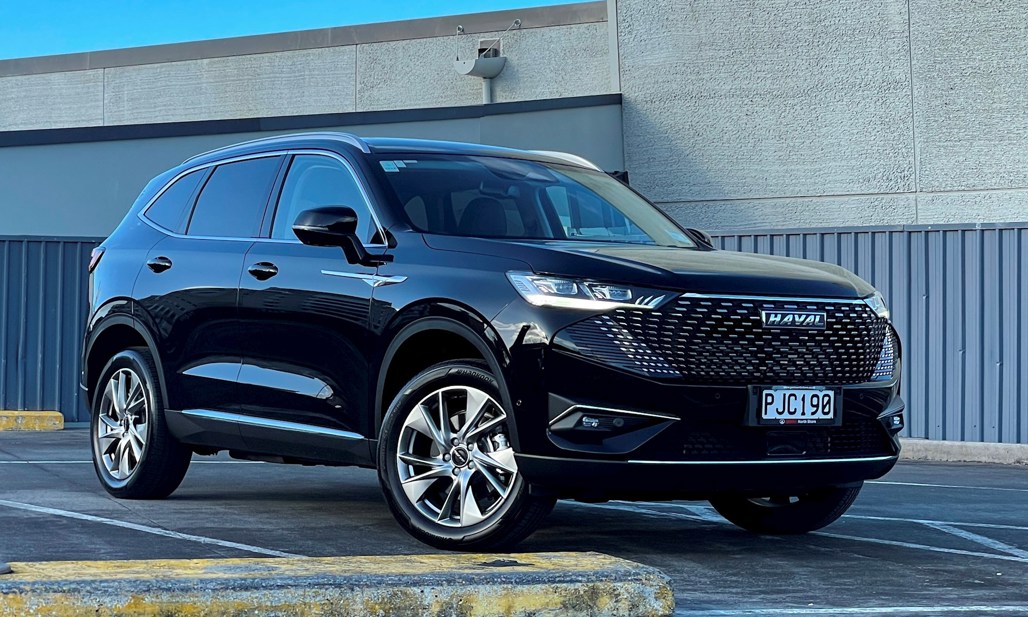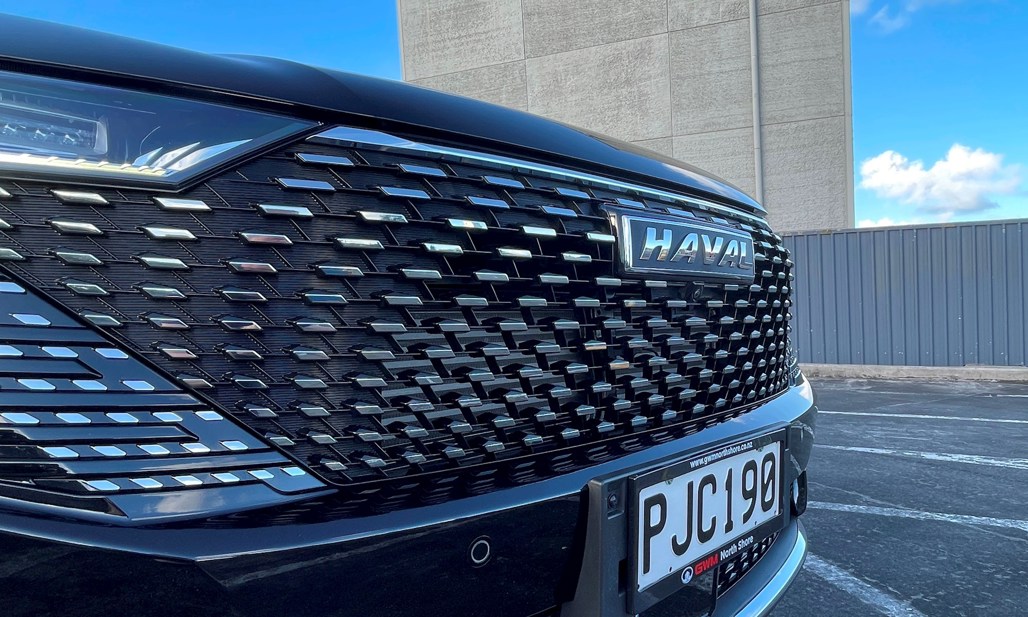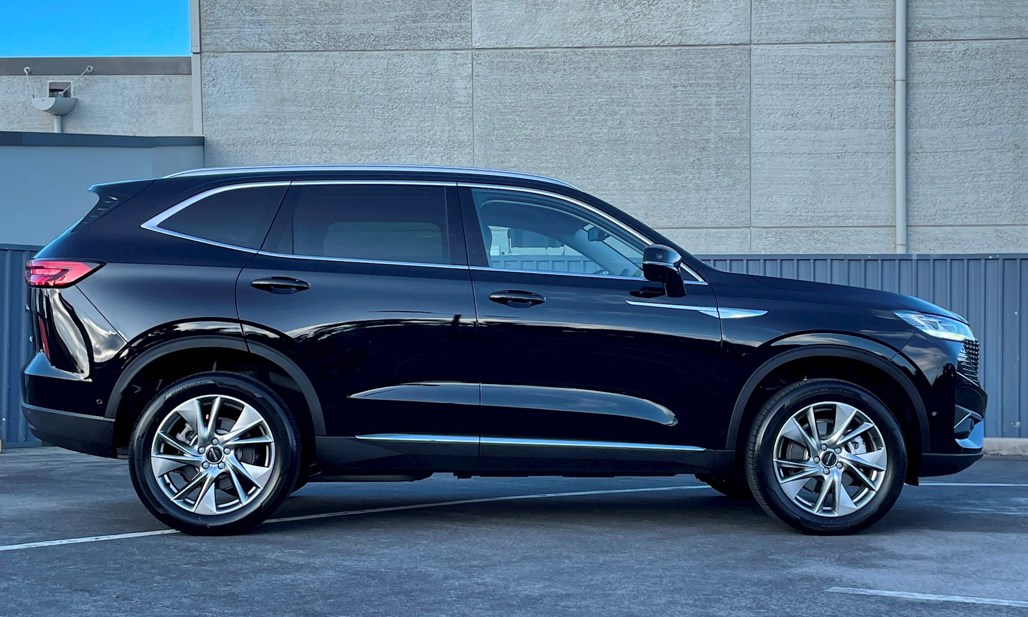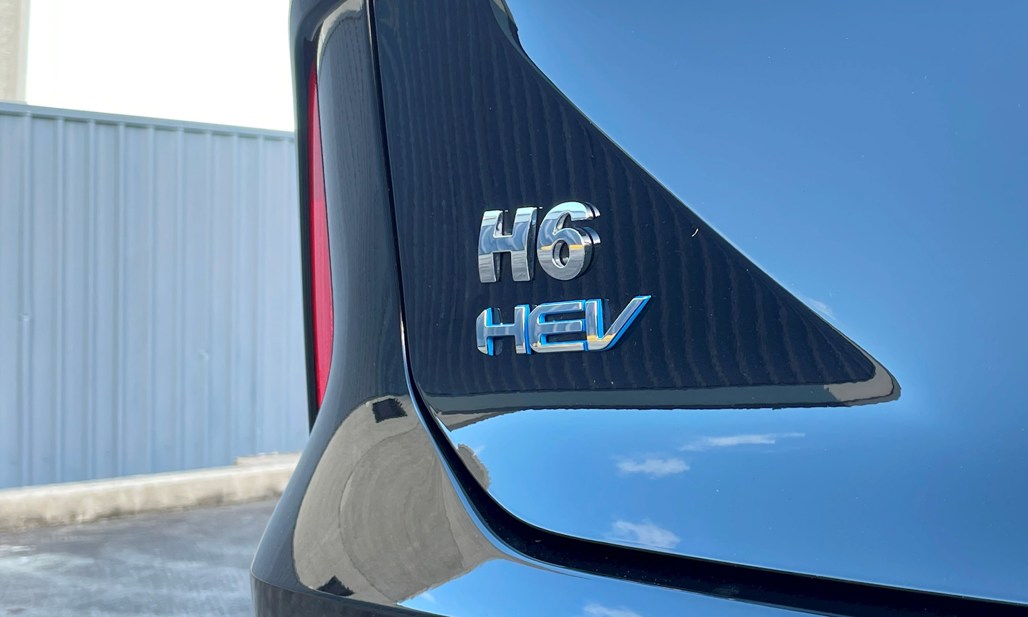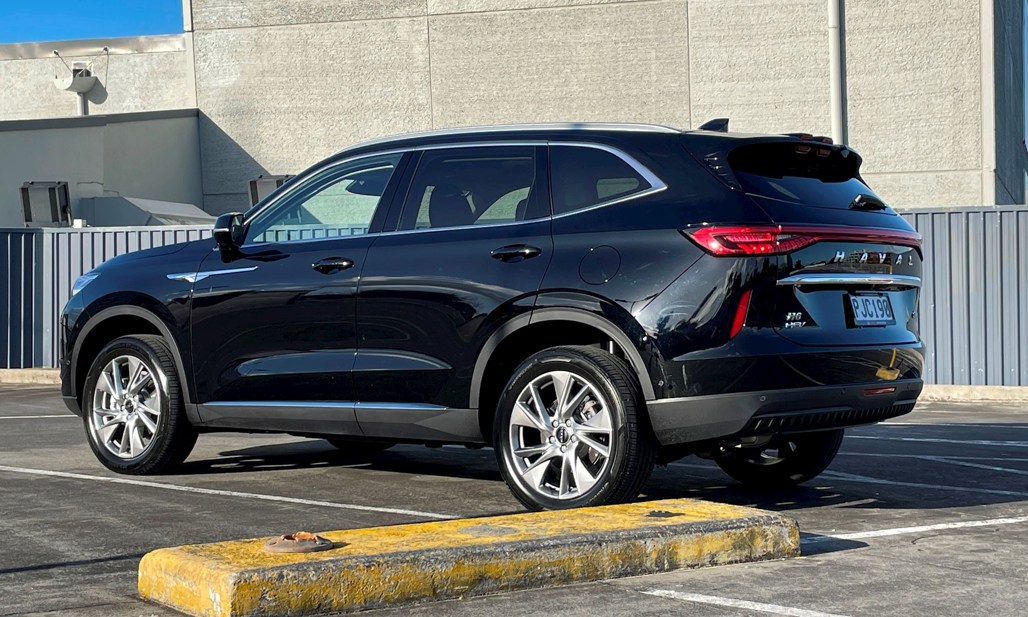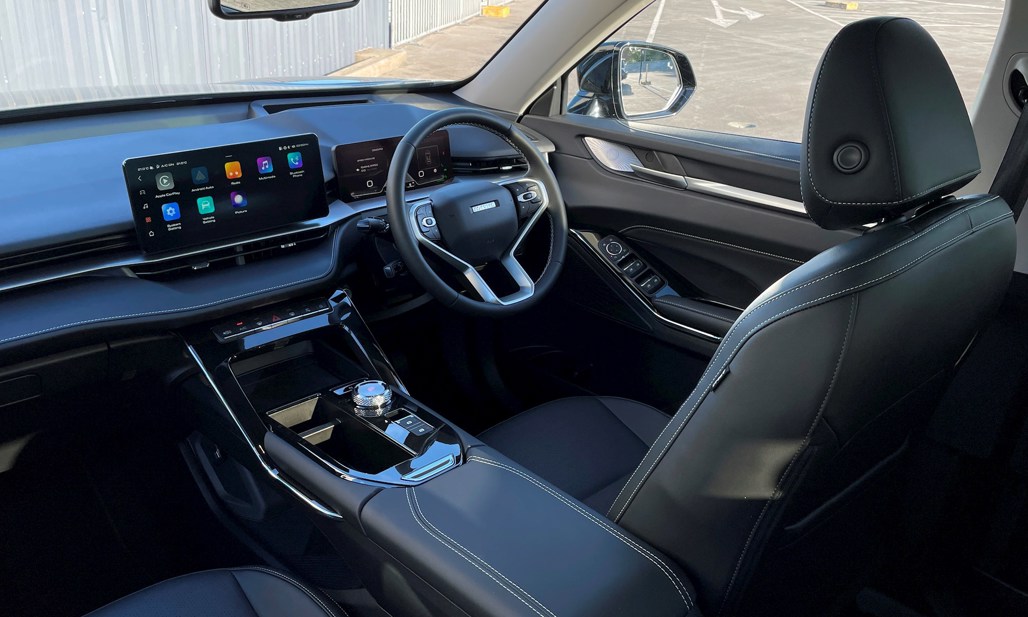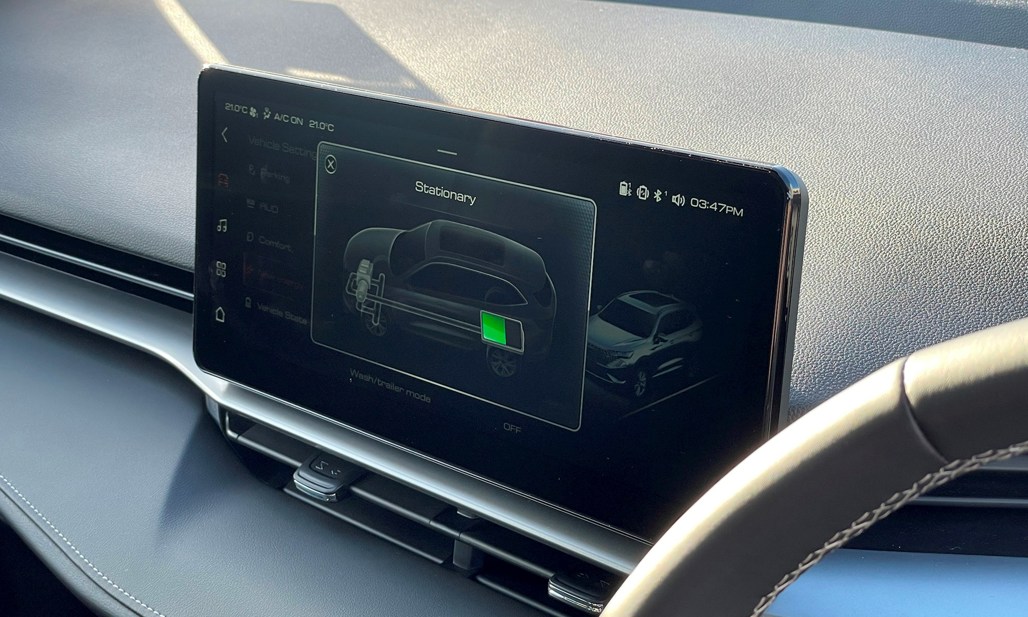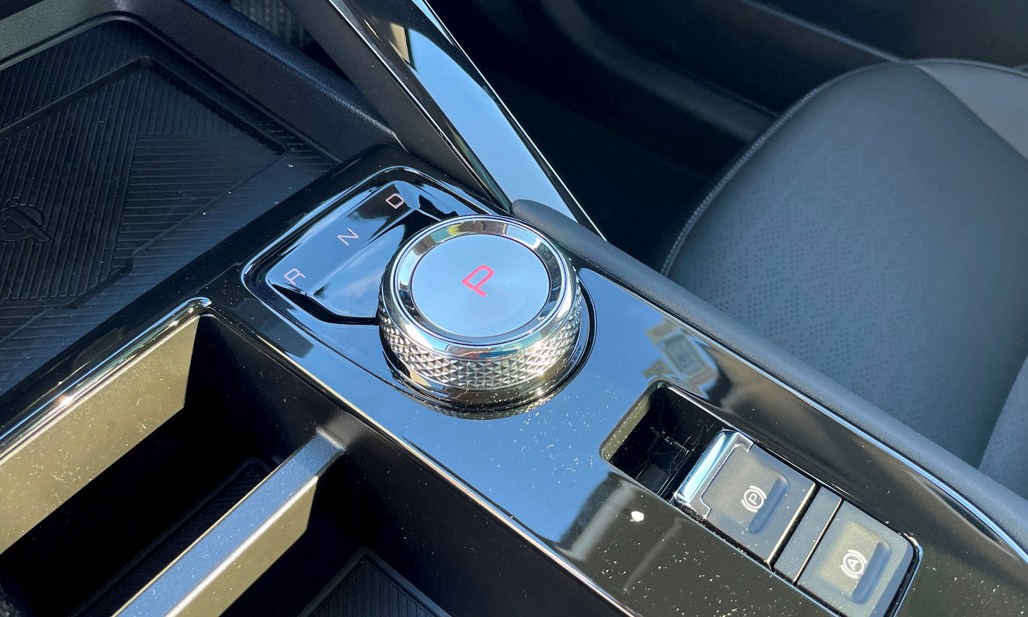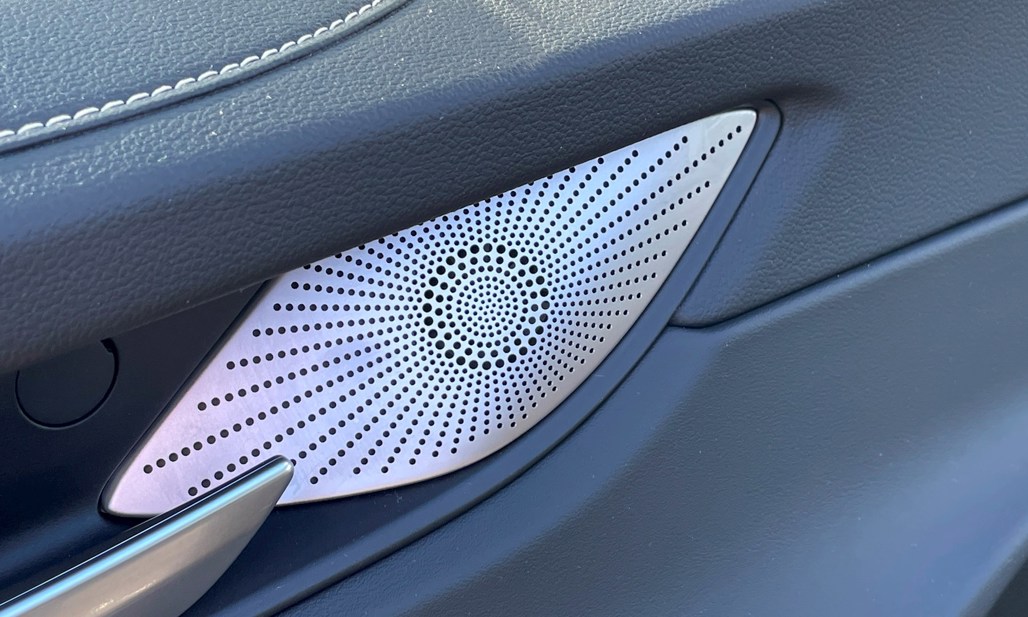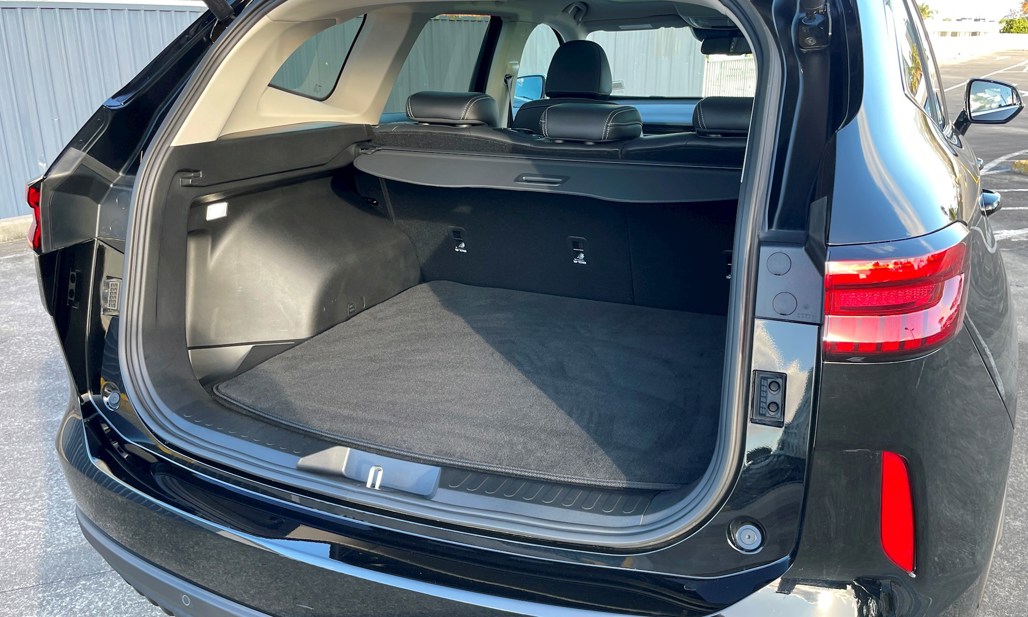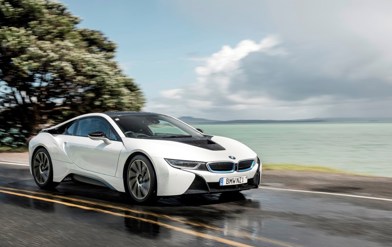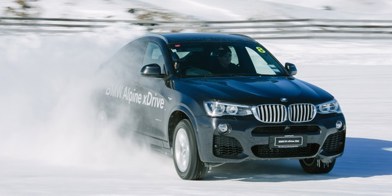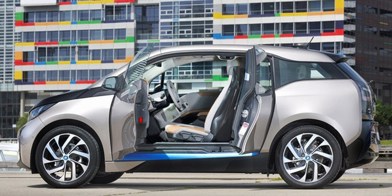Chinese carmakers have been selling millions of mainstream SUVs every year for decades. The Haval H6, from Great Wall Motors, has been China’s top-selling SUV since 2015, for example. Which automatically makes it one of the world’s top-sellers, of course: seventh-best globally in 2021 behind the Mazda CX-5 and ahead of the Kia Sportage.
But that’s mostly on the strength of Chinese sales. And it’s fair to say that Chinese domestic market models haven’t always been well-suited to Western tastes in terms of design and dynamics.
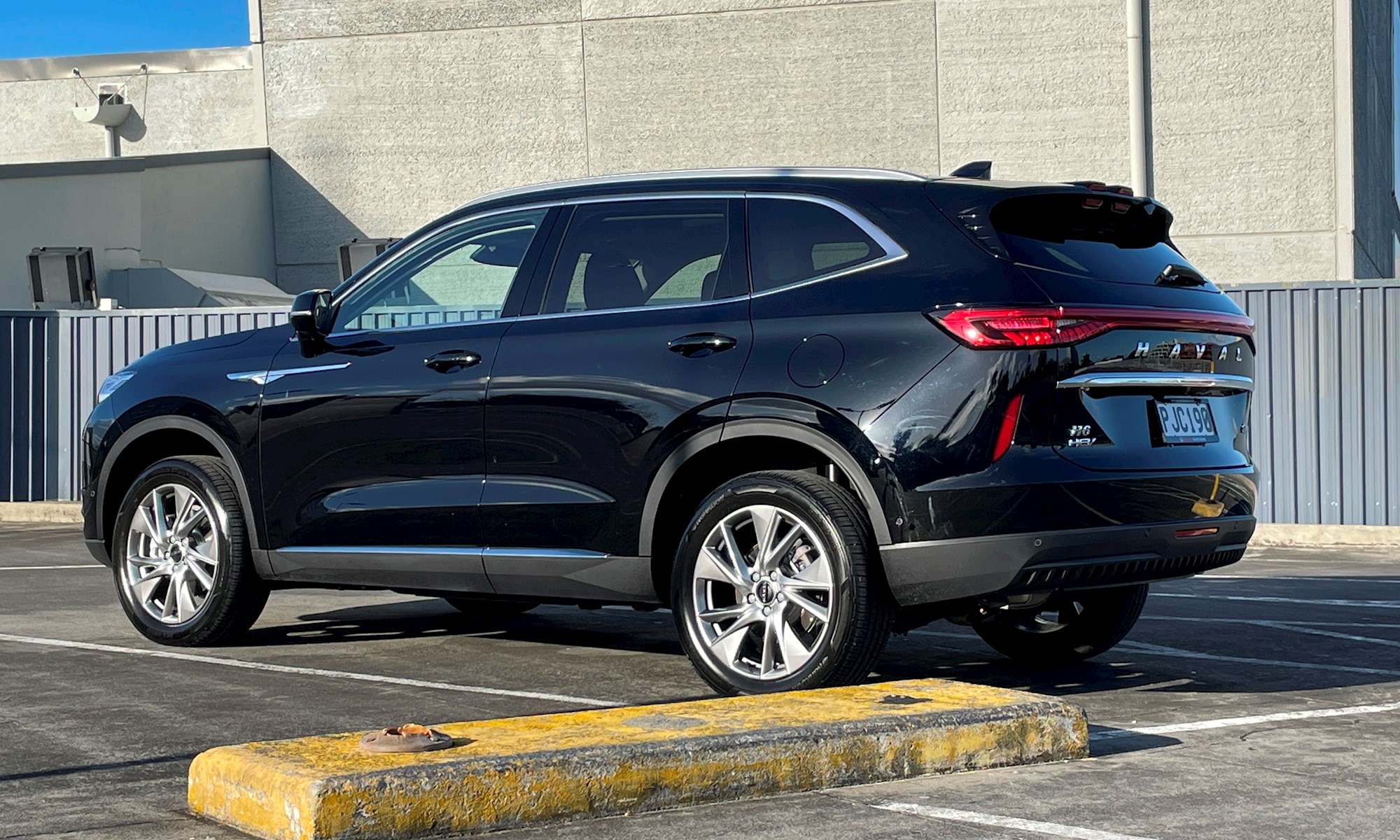
But as the industry looks more to markets outside China, it’s learning what appeals to the wider global audience. Learning very fast, implementing big changes even faster than that.
The latest Haval H6 is a prime example. We’ve already seen the Jolion compact-SUV, which impressed for high style, good quality and great technology. The only real issues were fussy driver-assists and a somewhat confusing infotainment setup.
The H6 was launched just after Jolion in 2020, so it’s only very slightly newer – yet you can see another huge leap forward in design, technology and ergonomics.
Haval perhaps hasn’t quite got the hang of globally appropriate names yet. There’s Jolion (pronounce it “chulian”, meaning “first love”), which is quite a strange name for a car. The platform for both Jolion and the H6 is named “lightweight electrification, multi-purpose, omni-protection and networked”. So the official factory acronym is Lemon.
Never mind; being based on a Lemon does mean we have hybrid versions of both models in a Kiwi Clean Car market super-keen for electrified SUVs.
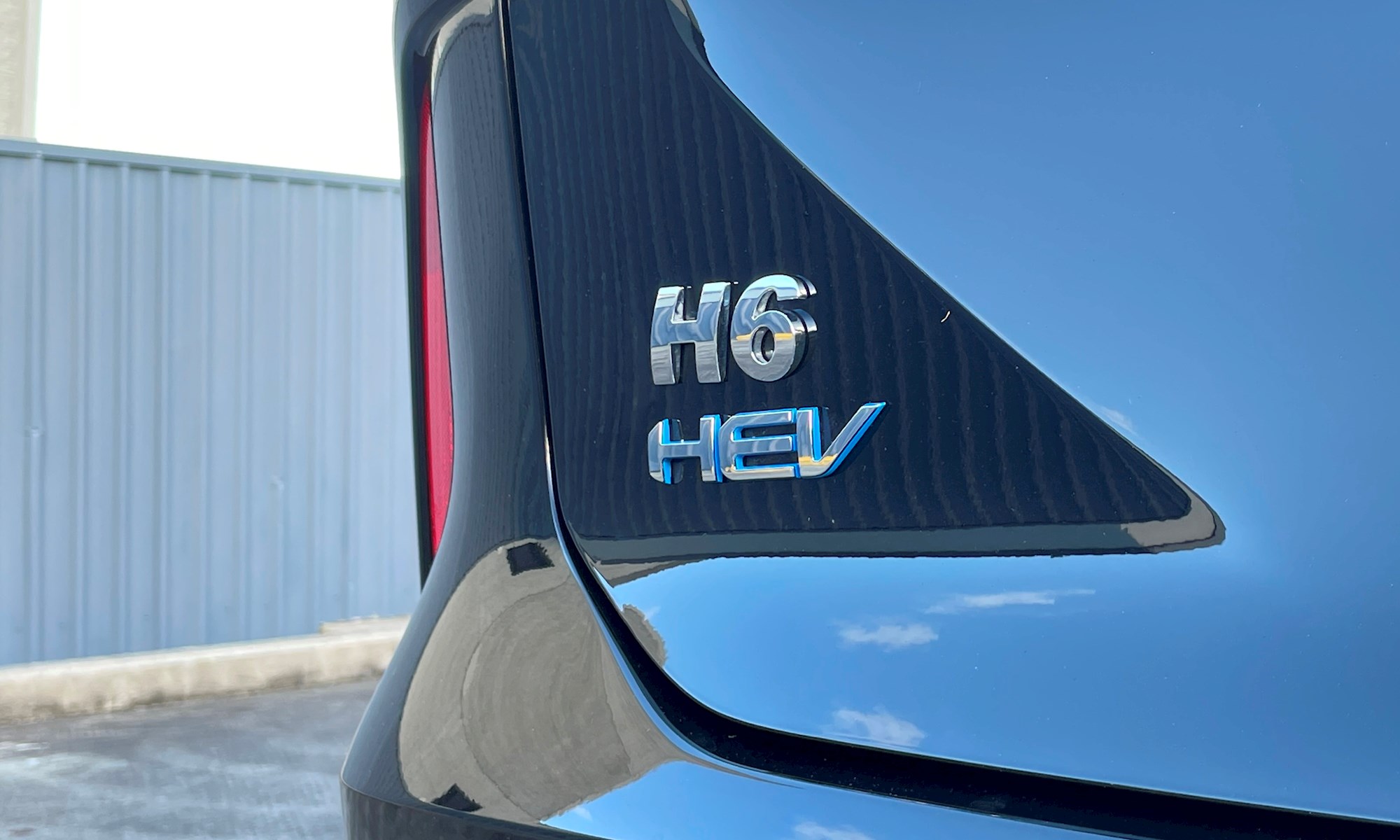
The H6 HEV shares its powertrain with the Jolion, pairing a 1.5-litre petrol engine with a 1.6kWh lithium-ion battery and electric motor. It’s a full hybrid, or HEV, meaning it can drive solely under battery power for short distances. But you don’t plug it in.
In theory, the hybrid system seems very complex. It can drive as a pure-electric vehicle for short distances, of course; then there’s Series mode (below 35km/h the petrol engine supplies power to the generator motor, which drives the electric motor), Direct Drive (mainly petrol, using a low gear from 35-65km/h and a high gear above that, with occasional help from the electric motor), Full Load (everything going) and Energy Recovery (decelerating and downhill, to recharge the battery).
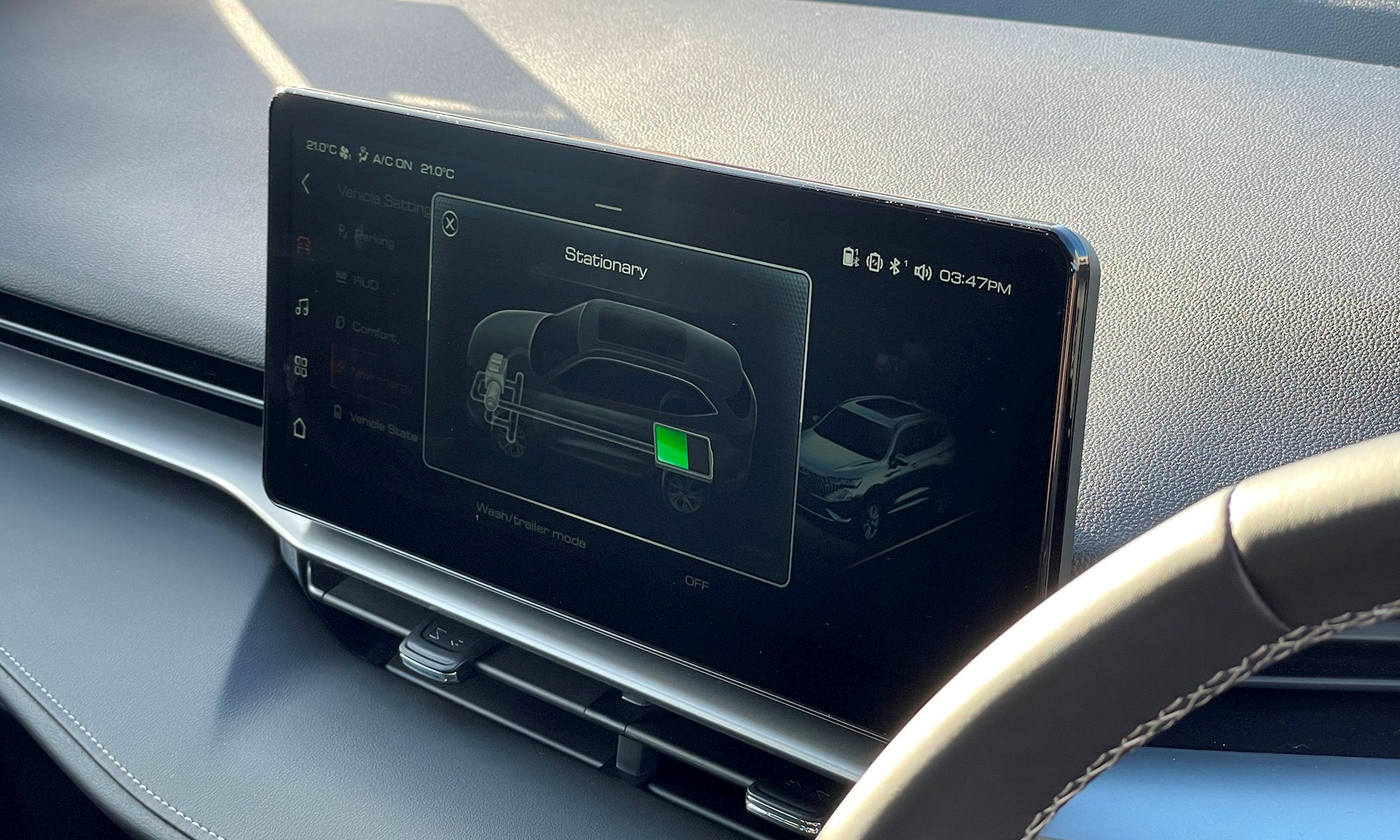
In practice, you’re not supposed to worry about it. You can’t actually select any of the above, so you just let the car sort it all out. If you wish, you can have an energy flow monitor on the main or instrument screens, like a Toyota hybrid, which is useful/expected and something Jolion doesn’t offer.
The hybrid is the fastest and most powerful H6 you can buy (including the new GT coupe, which is petrol-only in NZ). It’s also fairly seamless in operation, the “direct shift” two-speed hybrid transmission getting on with whatever business it gets on with (we’re not 100 per cent sure, as previously discussed).
The chassis has its quirks. The ride is well-controlled over the big bumps, but the secondary ride is quite fussy over those smaller ripples in the road – even at motorway speed. Despite that firmness there’s body roll at speed, but it’s well controlled. It’s too easy for the HEV’s power to overwhelm the front tyres in damp corners; it’s front-drive only, a key difference from the Ultra petrol which can also be optioned with AWD. Even with FWD, the petrol H6 has less power and therefore much less difficulty with traction.
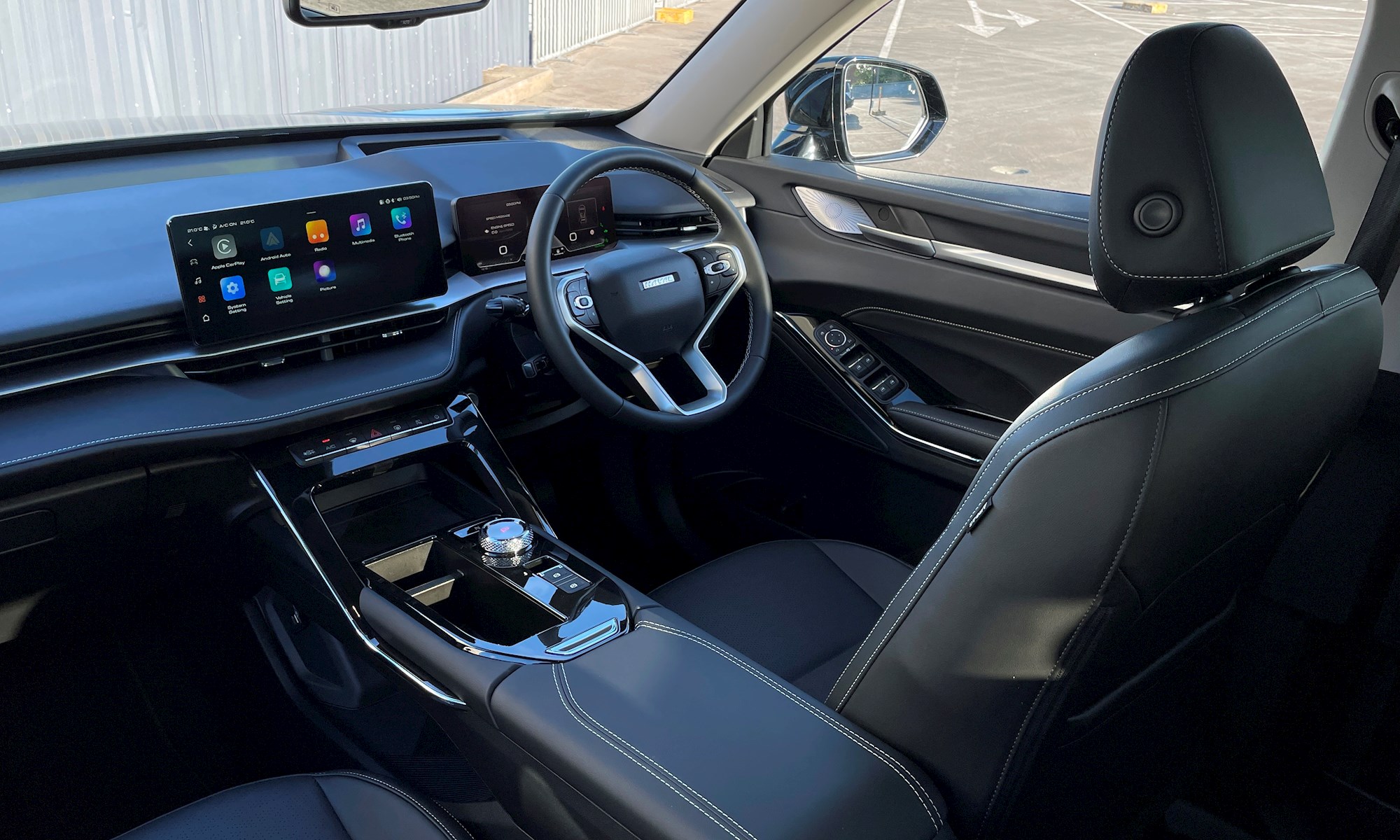
Otherwise the Ultra HEV is fully loaded, with everything from luxury trim and automatic parking to a full suite of driver-assist features.
The cabin styling is super-clean and very classy, centred on a widescreen display, but part of the reason it looks so swish is that there’s very little switchgear. Couple that to a slightly murky operating system and it can initially be a challenge to operate simple functions like climate and seat heating on the go.
For example, if you go looking for the seat heating you might find four separate menus are required to turn it on. Later, you might find there’s a shortcut on the home screen that you can swipe to; but none of it is particularly intuitive.
Stuff like phone, music and sat-nav can all be handled through Apple CarPlay or Android Auto, which works brilliantly; the USB port is hidden under the console but there’s a tiny aperture to thread the cord though to the top, keeping it nice and neat. The phone projection display fills the long screen completely, which is not always the case with CarPlay.
The H6 HEV presents a compelling argument next to the $41,990 H6 Ultra 2WD petrol (pictured in red below, note the different frontal styling between the two).
The hybrid sips two litres of fuel less per 100km, or even better if the focus is urban driving. The retail-price premium for the HEV of $6.5k also comes down to $3.2k by the time you take into account a potential $1782 Clean Car Discount for the HEV and $1494 fee for the petrol.
More to the point, the design, quality and equipment of the new H6 HEV means it can be mentioned in the same breath as the likes of the same-size Toyota RAV4 or Hyundai Tucson hybrids. Try it, you might be (very) surprised.
HAVAL H6 ULTRA HEV
ENGINE: 1.5-litre petrol four with hybrid system including 1.6kWh battery and single electric motor
POWER: 179kW/530Nm (Combined)
GEARBOX: Two-speed automatic, FWD
CONSUMPTION: 5.8l/100km, CO2 133g/km (3P-WLTP)
PRICE: $48,490

